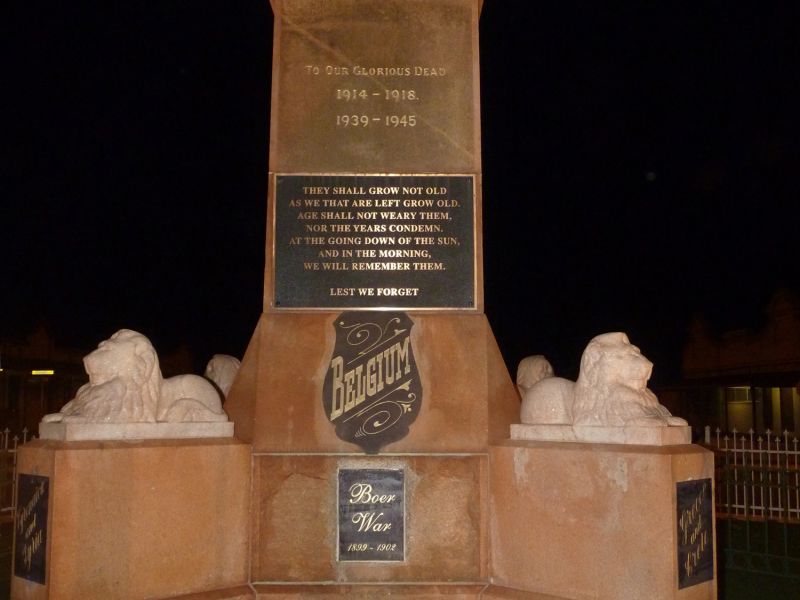Private John Rowe, 11th Australian Infantry Battalion, AIF
John Rowe was born in 1871 in Sheffield, a small village in Cornwall, England. Very little is known about his early life, his family, or his decision to emigrate to Australia. The records show that he served in a volunteer artillery unit for three years in the Illawarra region of New South Wales. When war broke out in Europe, Rowe was living in Kalgoorlie, Western Australia, where he was working as a miner.
Rowe enlisted in the Australian Imperial Force in April 1916, and trained at the army camp at Blackboy Hill for several months. In September, he sailed from Fremantle on the transport ship Clan MacGillivray, arriving in England in November.
The following month, he sailed to France to join the fighting on the Western Front. There he joined his unit, the 11th Australian Infantry Battalion.
During winter and into the spring months of 1917, the 11th Battalion was stationed in the Somme valley in northern France. It was the coldest French winter in memory, and the troops suffered in the terrible conditions. In February, Rowe came down with laryngitis, and spent time recovering in hospital behind the lines. He returned to his unit at the beginning of March.
As the weather warmed up, it became apparent that the German forces had staged a deliberate withdrawal from their front lines. They had withdrawn to a heavily-fortified position known as the Hindenburg Line. Australian units were involved in following up this movement, and they carried out a series of attacks on the Hindenburg Line.
One of these attacks was a failed attempt to capture the French village of Bullecourt in April. The 11th Battalion participated in the second attempt to capture this village in early May. Rowe and his unit relieved the troops who had captured the front-line German trenches, and then held the captured ground against determined infantry counter-attacks.
On 9 May 1917, the 11th Battalion was in the process of being relieved and moving to the rear areas when it came under an artillery barrage. Rowe was struck by a shell and killed instantly. He was 45 years old.
Rowe’s body was buried where he had fallen but in the chaos of battle, the location of his grave was lost. His name is inscribed on the Villers-Bretonneux Memorial in France, alongside the more than 10,000 Australian soldiers who were killed in France and have no known grave.
John Rowe did not appear to have any living relatives. He had listed a friend in Kalgoorlie as his next of kin, and this friend and others left an obituary in the local newspaper when they heard of his death. It read simply, “He died for his country”.
Thomas Rogers, Historian, Military History Section
 Australian War Memorial
Australian War Memorial